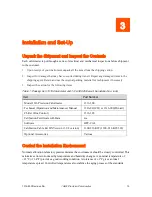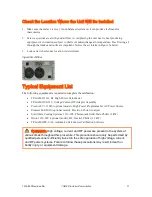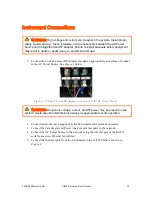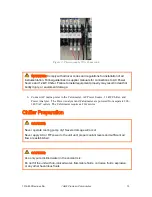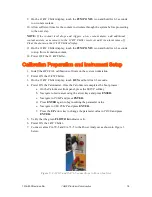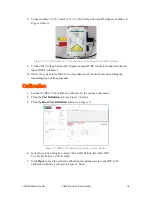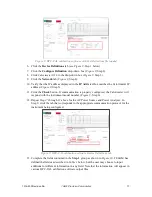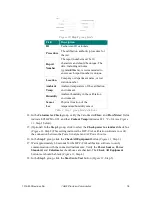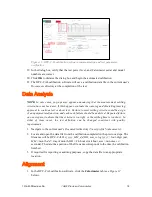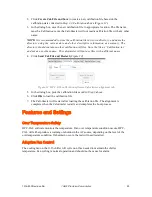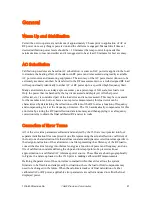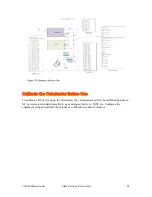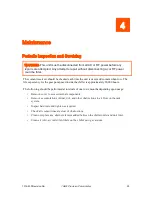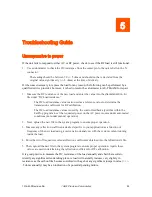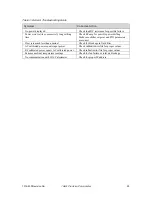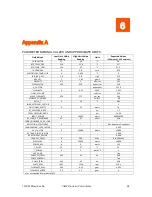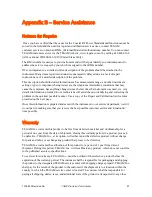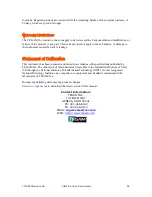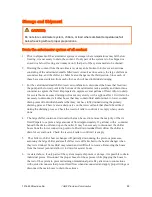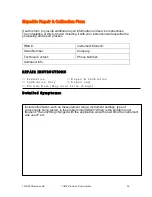
1316-900 Revision AA
10kW Precision Calorimeter
24
5
Troubleshooting Guide
Unresponsive to power
If the unit fails to respond to either AC or RF power, check to see if the RF load is still functional.
1.
Use an ohmmeter to check the DC resistance from the center pin to the outer shell on the N
connector.
The reading should be between 50 +/- 5 ohms and should not have deviated from the
original value significantly (+/-.5 ohms) at the time of delivery.
If it becomes necessary to replace the load for any reason, the following can be performed by a
qualified service provider, however, it is best to return the calorimeter to AE-TEGAM for repair:
1.
Measure the DC resistance of the new load and enter the value into the
characterization.ini
file
under “DCLoadresistance.”
The DC load resistance value is also used as a reference value to determine the
transmission coefficient for RF calibration.
The DC load resistance values is used by the control feedback algorithm within the
CalProg program to set the requested power on the AC power source under automated
conditions (not under manual operation).
2.
Next, upload the new file to the system program to ensure proper operation.
3.
Measure any reflection coefficients desired specific to your application as a function of
frequency of the new load using a vector network analyzer with the system coolant running
inside the load.
4.
Enter the list of frequencies versus reflection coefficients obtained into the
reflection.ini
file.
5.
Then, upload the new file to the system program to ensure proper operation. Again, these
values are used in determining the reflection coefficient for RF calibration.
It is good practice to measure the DC resistance of the load annually and chart the results to
identify any significant trends taking place. A load will naturally increase very slightly in
resistance as the carbon film becomes oxidized with age but any significant jumps in value (> +/-
.5 ohms annually) may be an indication of a potential pending failure.

